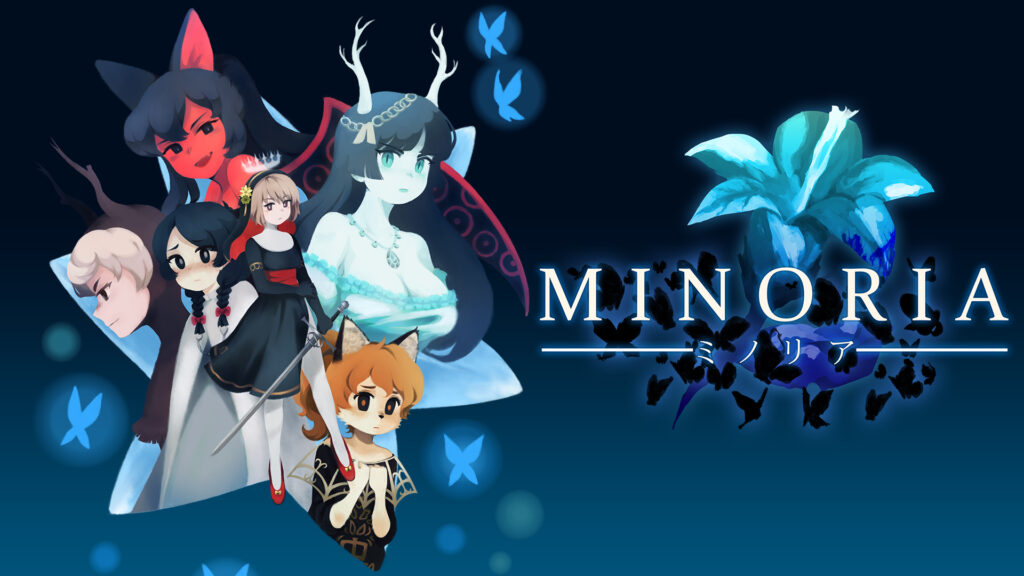
Games developed by rdein have typically been sprite-based 2D action platformers made in Game Maker. The first few titles were very modest affairs that were developed by a passionate hobbyist. It wasn’t until Momodora: Reverie Under the Moonlight where the designer truly came into his own and garnered mass notoriety.
Reverie Under the Moonlight was the fourth in a series, but was designed for broader appeal. It had enchanting and adorable pixel art with fluid character animations. The gameplay took on Metroidvania traits, and compounded with the developer’s visual panache, it stood out from its contemporaries on consoles.
Minoria marks the designer’s first foray with Unity 3D graphics in the Metroidvania sub-genre. It is where rdein has gone from small hobbyist, to a legitimate indie developer. Despite limited resources, Bombservice is able to deliver a worthy entry in the catalog of indie Metroidvanias.
Minoria
Developer: Bombservice
Publisher: DANGEN Entertainment
Platforms: Windows PC, Nintendo Switch (reviewed), PlayStation 4, Xbox One
Release Date: August 27th, 2019 (Windows PC), September 10, 2020 (Nintendo Switch, PlayStation 4, Xbox One)
Players: 1
Price: $19.99
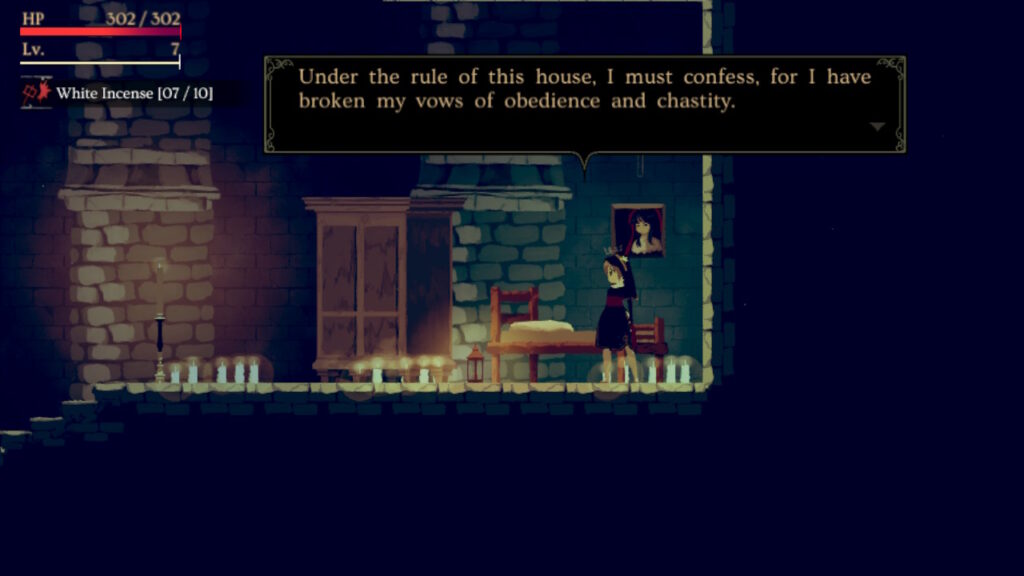
Since the indie scene has taken off and has eclipsed mid-level and AAA game studios, there has been a never ending supply of Metroidvanias. It has gotten to the point where there isn’t anything unique about the sub-genre, since so many titles adhere to the same general formula.
To stand out from the crowd, it becomes more important than ever to have some kind of identity. Thankfully, Minoria is very stylish, and has a very melancholic ambiance that is not seen often in 2D action-platformers.
Similar titles would be inspired by the rousing and energetic gaudiness of Symphony of the Night. Minoria takes some cues from the moodiness of Demon’s Souls and the art of Akihiko Yoshida to make a compelling mixture of styles.
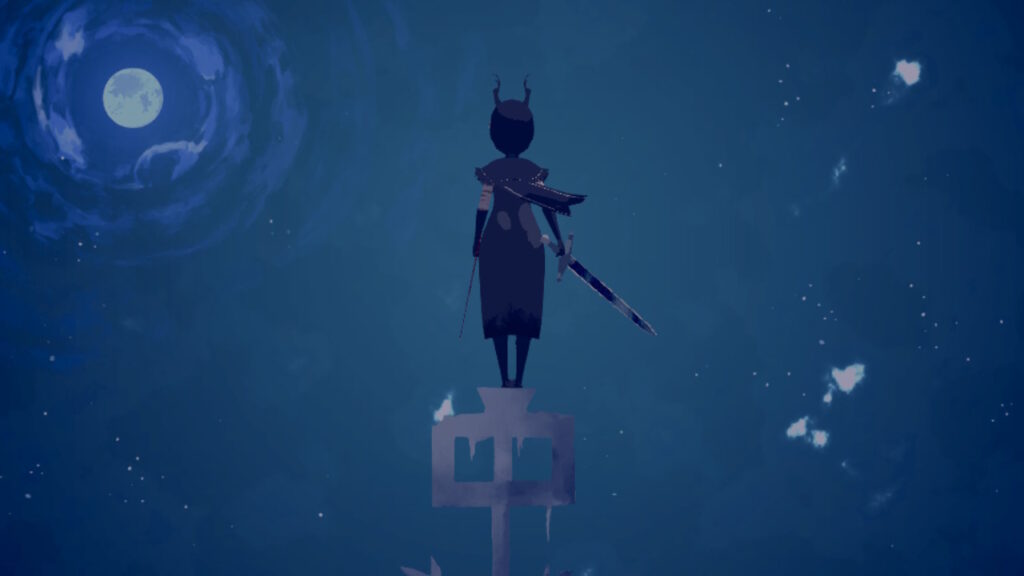
For something that is so soft and girly looking, Minoria is rife with awesome violence and bloody scenes of graphic deaths. There are piles of burning girls in the backgrounds and several impaled on pikes; which help set the tone for a story about a crusade against witches.
As Sister Semilla, players will explore labyrinthine castles and the lower depths of the dungeons to do battle with heretics. In this kind of situation, who wouldn’t want to uphold God’s will against a group of filthy wiccans? This is a more combat-oriented Metroidvania, so there were great lengths taken to make it satisfying.
Cutting up these degenerate witches has a delightful crunchiness. The Sister has a basic three-hit combo, a parry and a dodge roll for basic combat. The holy abilities come at the cost of limited charges, and must be used sparingly since save points tend to be spaced far from each other.
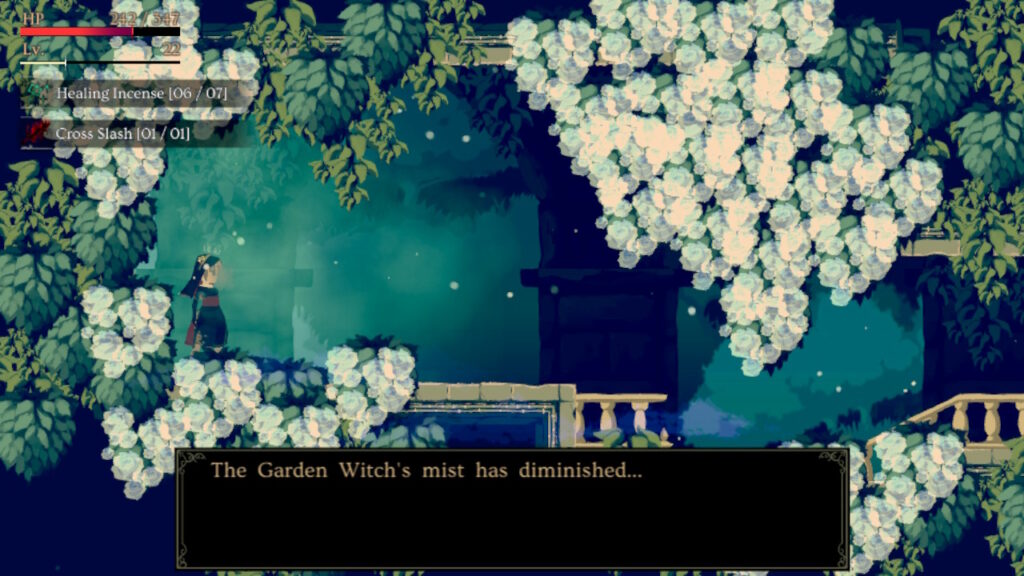
Sister Semilla may be a tough Nun with a penchant for sword-play, but she is not armored. When a thug tries to cut her or if she gets blasted by a bomb, its really takes it out of her. Even at high levels, the Sister can only take a few hits before she gets dusted. This keeps Minoria‘s balance fair, since she should not be getting hit.
Mastering the parrying is crucial for the Sister’s survival. Landing successful parry will launch an extremely powerful counter attack that covers a lot of ground which hits other enemies. Sister Semilla’s poor defenses are matched by her insane offenses, and playing as such an aggressive glass-cannon is refreshing.
Parrying has a fairly generous window to perfectly execute the counter-attack. The tricky part is the cheeky enemies who have different wind-up attacks with varying speeds. Some guys have a drawn-out build-up, others might aggressively throw fast jabs. Making a mental note of each enemy’s tells becomes a meta-game.
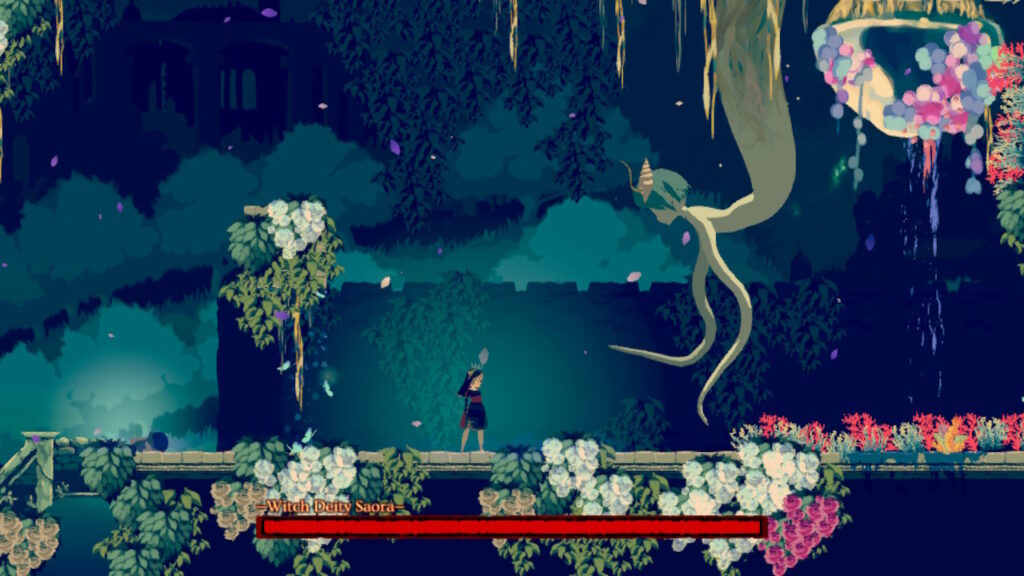
If you do find yourself getting slapped around, the healing item charges can be restored at lanterns like in a “souls” game. Thankfully, this does not revive all the boys in the area. These are “failure allowances,” and it is possible to increase the carried amount if you fancy yourself an explorer.
Parrying is so effective, it can be relied on exclusively to take out every basic enemy. The only problem with parrying is that it is not effective on bosses, and the Sister will have to rely on the dodge roll. Tumbling around frantically isn’t the best way to avoid damage, but when things get spicy, it is too tempting not to.
Dodging has the appropriate amount of invincibility frames you would hope for to avoid damage, but more importantly- it makes Sister Semilla slightly faster. While her standard movement speed is adequate, sometimes a girl just really wants to haul ass to the nearest library, and spamming the roll is the quickest way.
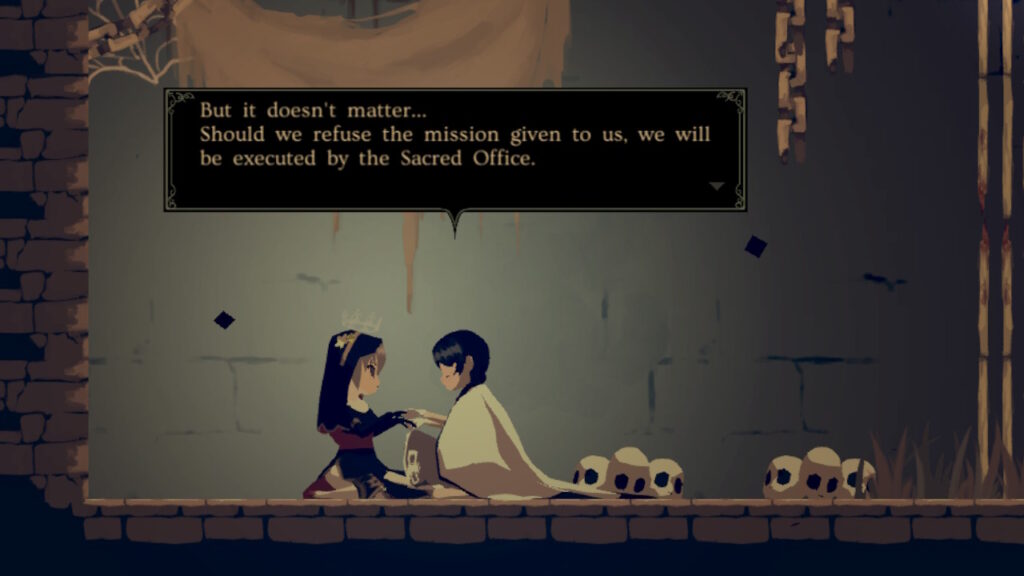
The sword’s combo is wide and has long reach. The charge attack comes in different flavors and costs a charge. These are unbelievably strong attacks, and limiting them in some capacity was necessary for balance. There are several weapons to discover with differences between them.
Some of these weapons can be very useful or worthless depending on your play-style. The flail may have a slightly slower swing, but adds a stun effect to enemies. Brunhilde is a red sword which has a wide attack range, and adds an extra boost to your air-time when attacking airborne.
Most of the weapons have the same damage output so between most of them, choosing one is purely a matter of the priorities of the player. What truly makes the Nun, is what incense she burns.
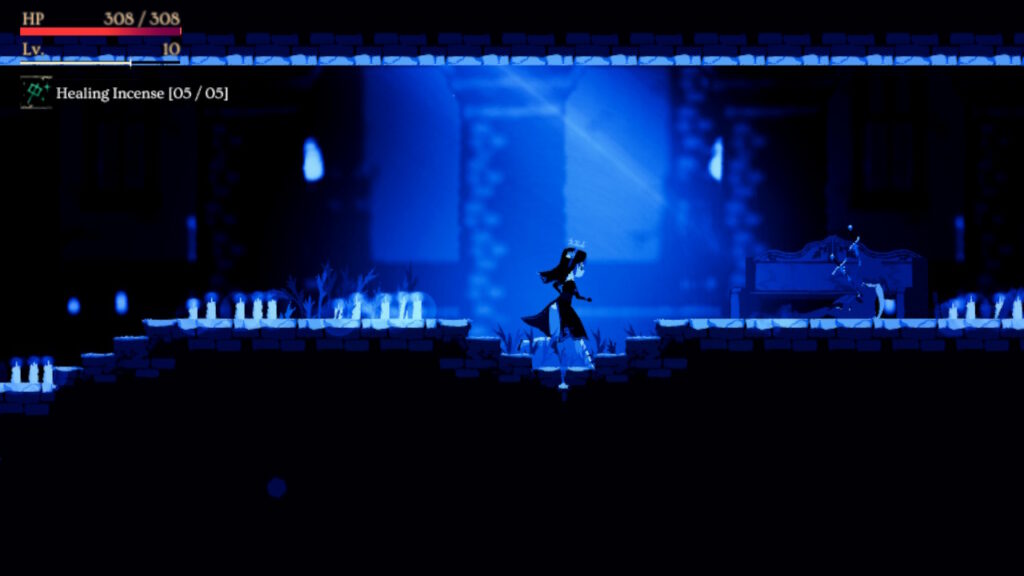
Sister Semilla can equip various incense which comes in two flavors: passive and ability. The passive incense can add an element to sword strikes, or cause extra stun to enemies. Only two passive abilities can be equipped, but the right combo can lead to devastating results.
Abilities cost charges, and can be anything from a huge laser beam, a familiar, or something as simple as a health restore. Thankfully, all of these can be swapped out while on the go so access is never limited, and players are free to overwhelm heretics.
Executing some of these abilities in rapid succession with a group of mooks on screen will make them bleed numbers, which will hilariously briefly buckle the frame rate. It is almost gratifying to cause this to happen because of the vulgar display of power.
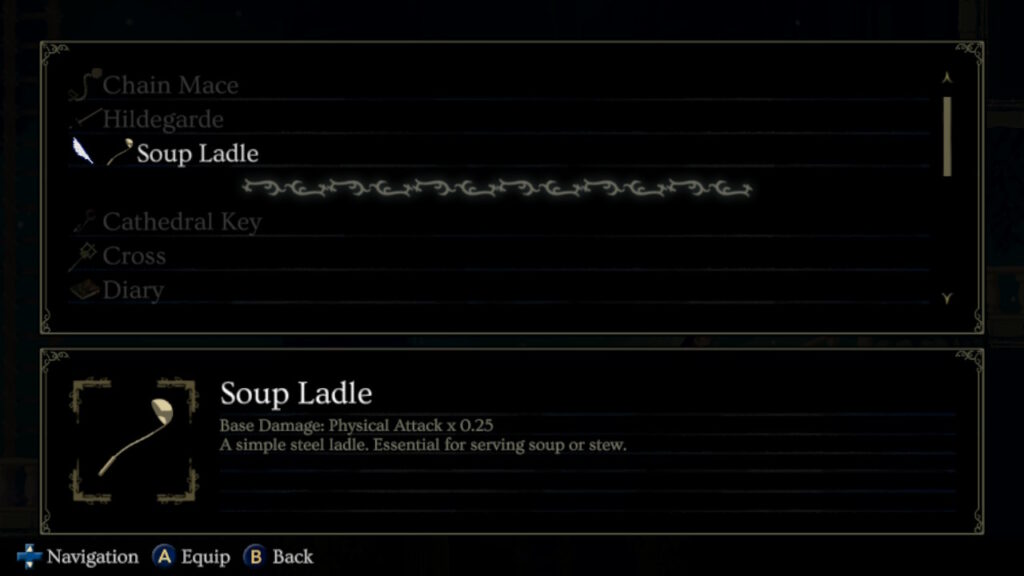
Level design is not an enormous sprawling map where you get lost in. It is a dense and tightly designed setting that has a bit of logic to its design. The dungeon area is appropriately underneath the cathedral, and has a layout like the halls of a prison.
The environment is so well designed, it is easy to make a mental map of the areas. The aesthetics and tone of each setting is very different from another, and each one becomes memorable. It is worth exploring every area since there are cheekily hidden areas that might have a bit of lore or a silver coin.
There are a few shop-keepers through out the inquisition, and each one carries a few exclusive insistence that are worth collecting. The silver coins are a very rare commodity, and have real utility if you want to to have access to some of the better abilities.
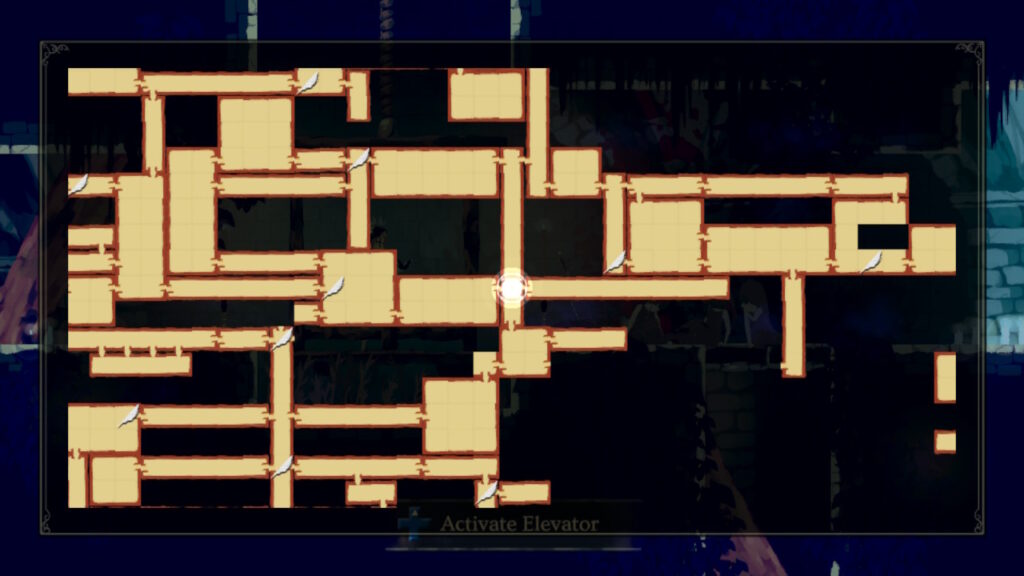
Artistically, Minoria is a huge leap from the developer’s previous titles. There is a lot of care put into the visuals and atmosphere that gives Minoria its flavor. Characters have distinct silhouettes and carefully designed color pallets. Cel-shading effects are liberally applied to add depth, and to give the impression of volume.
Great care was given to body language to express what emotions characters are feelings, since there are no close-ups. The environments are equally as impressive with their gloomy and stark aura. The designs shine through the limitations the developer might have been burdened with.
The music has a sorrowful expression through out. Boss battles are especially highlighted, with a very sad sounding melody that creates a very unnerving mood as characters deal blows. The overall soundscape of Minoria is an infernal melancholy of gloom.
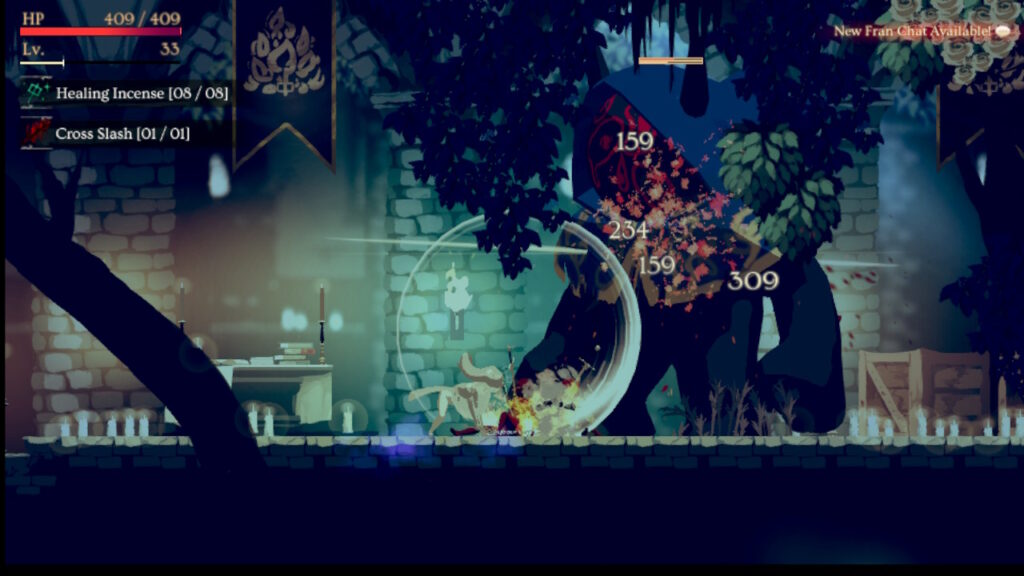
Minoria is a very tightly focused action-platformer. It is not bloated with tons of abilities to find or copious gear-gating. Its strength is the responsive and fluid action and direct approach to level-design. It does not overstay its welcome and is paced well after its clunky introductory sequence passes like a kidney-stone.
The intro throws a lot of concepts and characters at the start while over-explaining somethings, while not explaining others. It does begin to make more sense when the leash comes off, and you are free to play at your own pace. Taking in the lore and understanding the environmental story-telling is more efficient than loads of text.
Minoria stands out thanks to its style and its reduction of fluff that has begun to overtake the Metroidvania sub-genre. The new game plus feature keeps replay value high, so getting pay-back on some mean bosses is plenty reason to come back. Sometimes cutting out the fat is enough to make something more enjoyable.
Minoria was reviewed on Nintendo Switch using a review code provided by DANGEN Entertainment. You can find additional information about Niche Gamer’s review/ethics policy here.